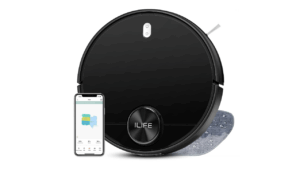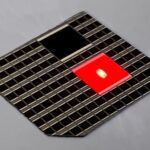New Solar Cell Technology Achieves Over 40% Efficiency in Indoor Photovoltaics

Scientists from the Fraunhofer Institute for Solar Energy Systems (ISE) have achieved a major breakthrough in solar technology. They developed solar cells capable of achieving efficiencies over 40% even under dim indoor lighting conditions.
How does indoor photovoltaics work?
Indoor photovoltaics use the available light indoors—for example from lamps—to generate electricity. This process is particularly well-suited for powering small devices, such as sensors or other components in the so-called “Internet of Things” (IoT). These devices are often located in places without a continuous power supply and can only function for a limited time on conventional batteries.
What is special about the new development?
The researchers focused on special solar cells based on III-V semiconductors, particularly the material gallium indium phosphide (GaInP). This material has properties that make it ideal for converting visible light into electrical energy—even under artificial lighting and in very low light conditions (as low as 100 lux), which are typical in many indoor environments.
By optimizing both the design and the material quality, the research team succeeded for the first time in achieving efficiencies above 40% under these conditions. One particular cell variant was especially successful: the so-called n-doped GaInP cell was able to store charge carriers longer and thus generated more electricity even at low light intensities than other variants.
Significance for everyday life
With the improved efficiency of this technology, even more devices could be operated wirelessly and independently in everyday life. New opportunities especially arise for IoT applications: Many sensors or small electronic components could use solar power from ambient light, making them lower-maintenance and more sustainable. However, market maturity and widespread use could still take several years, as the manufacturing process remains costly at this stage.
Research and funding
The results from Fraunhofer ISE were generated within the framework of several research projects funded, among others, by the German Federal Ministry for Economic Affairs and Climate Action and the German Federal Ministry of Education and Research. A summary of the scientific work was published in the journal Applied Physics Letters.















